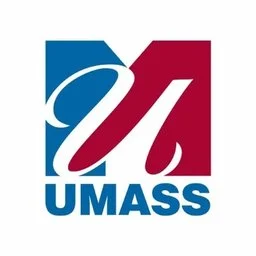| Healthcare Program/Policy Evaluation |
Improving Patient Safety Through Wearable Devices |
| Description |
The wearable technology project was launched in the health organization last year. The healthcare program’s objective was to diminish patient falls within an inpatient environment by utilizing wearable technology. The primary goal is to elevate patient safety, enhance mobility, and lower healthcare expenses linked to fall-induced injuries. |
| How was the success of the program or policy measured? |
The effectiveness of the program was evaluated by comparing fall rates before and after implementation, analyzing patient satisfaction surveys, and monitoring compliance rates with the wearable technology. In addition to these quantitative measures, qualitative data on the program’s success was gathered through regular audits and feedback sessions. |
| How many people were reached by the program or policy selected? How much of an impact was realized with the program or policy selected? |
The program was able to study 215 in-patients who are considered high-risk, including older individuals and those with long-term health issues that impact their ability to move around. |
| At what point in program implementation was the program or policy evaluation conducted |
The program evaluation took place at various stages, starting with an initial review at the six-month mark to implement any needed changes, followed by a thorough assessment after one year to evaluate the overall effectiveness and results in detail. |
| What data was used to conduct the program or policy evaluation? |
The evaluation process involved analyzing fall incident reports, patient health records, data from wearable devices, surveys completed by patients and staff, as well as feedback from healthcare providers. |
| What specific information on unintended consequences was identified? |
Some patients initially resisted the wearable technology, there were technical problems with device connectivity, and nurses faced a heavier workload during the initial training and adaptation period. |
| What stakeholders were identified in the evaluation of the program or policy? Who would benefit most from the results and reporting of the program or policy evaluation? Be specific and provide examples. |
The stakeholders involved in this initiative encompassed patients, healthcare providers, correctional facility administrators, and technology vendors. Patients experienced the greatest advantages through decreased fall hazards and enhanced safety, while healthcare providers acquired valuable knowledge about effective fall prevention tactics. The facility administrators realized the benefits of lowered healthcare expenses and improved health outcomes for in-patients. As an illustration, policymakers utilized the assessment findings to support ongoing investment in the program. |
| Did the program or policy meet the original intent and objectives? Why or why not? |
Yes, the program successfully achieved its initial goals and objectives by effectively decreasing fall incidents, enhancing patient safety and mobility, and proving to be cost-effective. This accomplishment can be attributed to thorough planning, involving stakeholders, and the efficient utilization of wearable technology. |
| Would you recommend implementing this program or policy in your place of work? Why or why not? |
Owing to the program’s success in fulfilling its initial goals, I propose its integration into various environments, such as homes (Warrington et al., 2021). The program’s ability to decrease falls, improve patient safety, and produce financial savings underscores its capacity for wider utilization (Pech et al., 2021). Settings such as nursing homes and other long-term care facilities can benefit from the installation of wearable technologies (O’Connor et al., 2022; Subramaniam et al., 2022). |
| Identify at least two ways that you, as a nurse advocate, could become involved in evaluating a program or policy after one year of implementation. |
As a nurse advocate, I could perform subsequent evaluations to collect input from patients and personnel, guaranteeing ongoing enhancement. Moreover, engaging in data examination and reporting would empower me to advocate for policy modifications or additional funding, thereby bolstering the program’s enduring prosperity (Ham-Baloyi, 2022). |
Order Now







